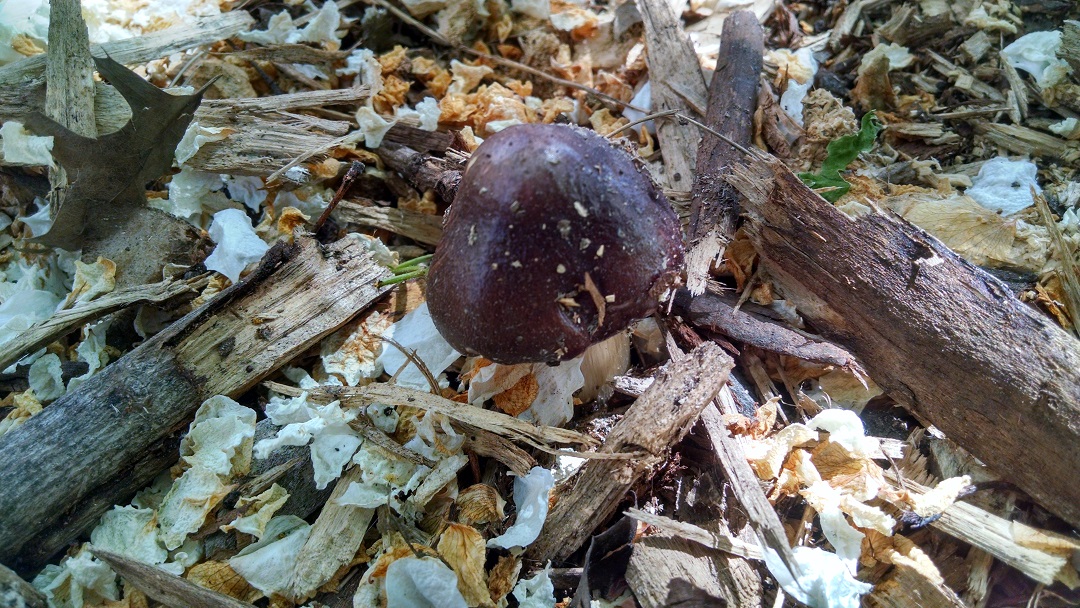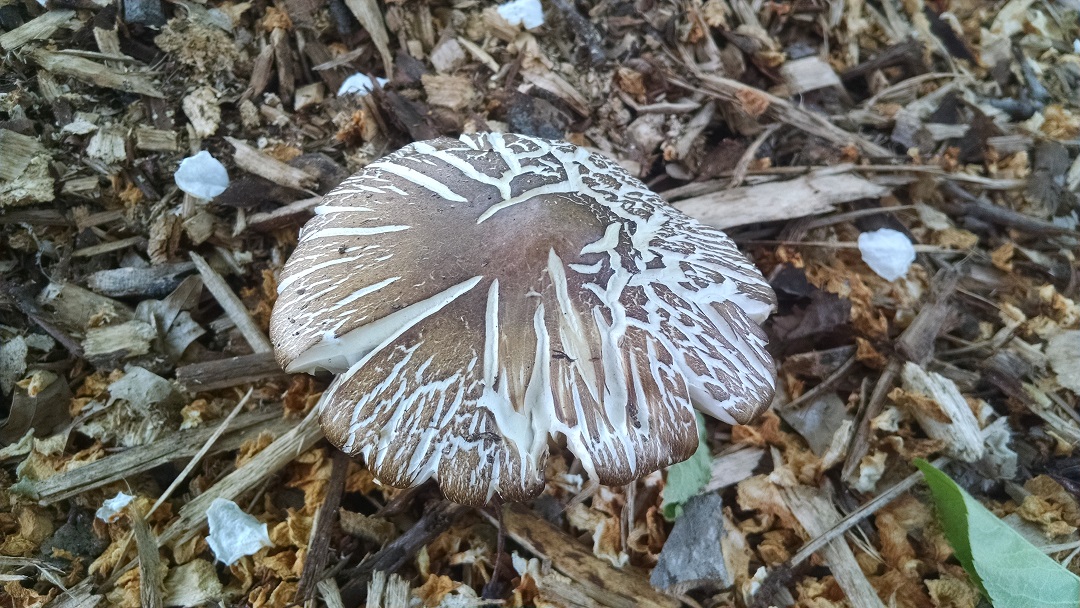Giant Mushrooms Emerge in the CitySprouts Gardens!
At CitySprouts, we have pride in our plants. In spring, students sample spinach, peas, and all kinds of greens while measuring their growth and development as the sun grows stronger. In summer, tomatoes, squash, and peppers bring vibrant colors and flavors to the gardens, then to the plates of our middle school interns. Uncommon plants, such as winter wheat, amaranth, and romanesco broccoli, demonstrate how we grow outside the box. Even ?weeds? such as lemon sorrel and purslane play a key role in our garden ecosystem and harvest. The care and compost of our plants attracts animal life, such as birds, insects, worms, and the occasional rabbit, which in turn attracts larger animals and predators. Even the microorganisms in our soil receive the attention of teachers and students.
The Kingdoms of Life are on vivid display in ?CitySprouts gardens, but one kingdom in particular remains elusive and unknown to many who use and visit our school gardens. Fungi play an essential role in maintaining ecosystem health yet it is sadly misunderstood and often feared. Mycophobia is real, but education can solve this problem. As a FoodCorps Service Member last year, I sought to provide this education to my students by bringing edible Garden Giant Mushrooms to CitySprouts.
Students in my middle school after-school clubs and in-school electives researched the anatomy, ecology, and cultivation of mushrooms before they prepared mushroom patches at Vassal Lane Upper School and Cambridge Street Upper School. On top of a layer of cardboard, students added mushroom spawn and woodchips, the fungus?s food source. After a few set-backs, the patches were in place. All we had to do was wait? and wait? and wait.

One year after initial inoculation, I am now the Garden Coordinator at Vassal Lane. To prepare for a recent ecosystem exploration, I was conducting a garden walkthrough with 7th grade teachers when one noted unusual bumps on the mushroom patch. Lo and behold, our first Garden Giants had emerged. Also known as King Stropharia or Wine Cap, our Garden Giant mushrooms were not particularly large but this is only the beginning. In future years, students will hopefully be measuring the rapid growth of these mushrooms too!
Not only has the mushroom patch worked well with middle school studies, elementary students have also benefited from this garden resource. 2nd and 3rd graders have used the fungus to study decomposition and the kingdoms of life. Even pre-K students have gotten in on the fungal fun, sketching the mushrooms and adding more wood chips to the pile. At CitySprouts, we are always working to provide innovative garden resources for students and teachers. While the fungi farming is still in an early phase, it has proven to be popular at our schools. Fungi deserve their proper place amongst the plants and animals of a school garden. When mushrooms emerge next to corn and compost, the garden is a richer place. Plus, they?re delicious!



